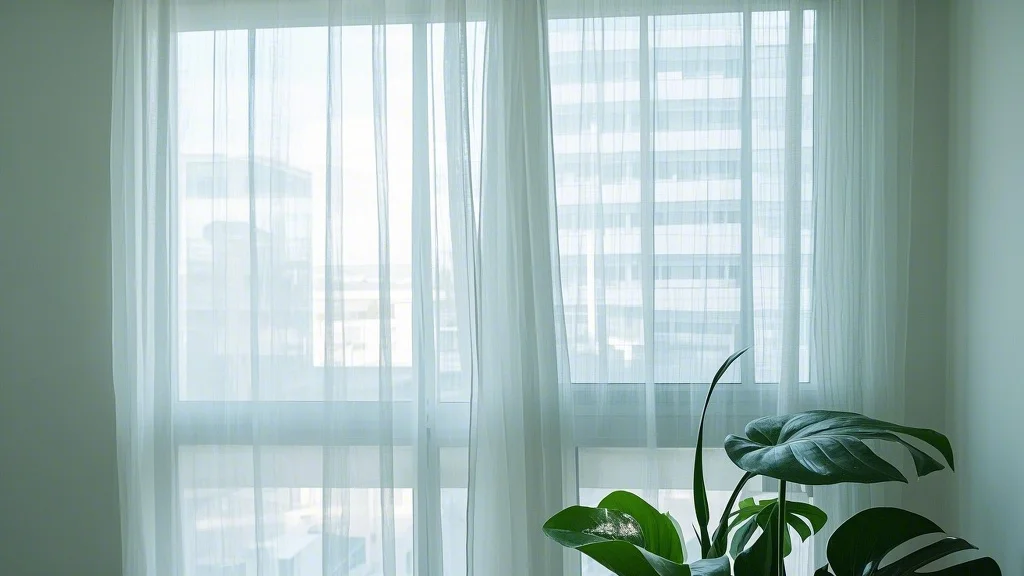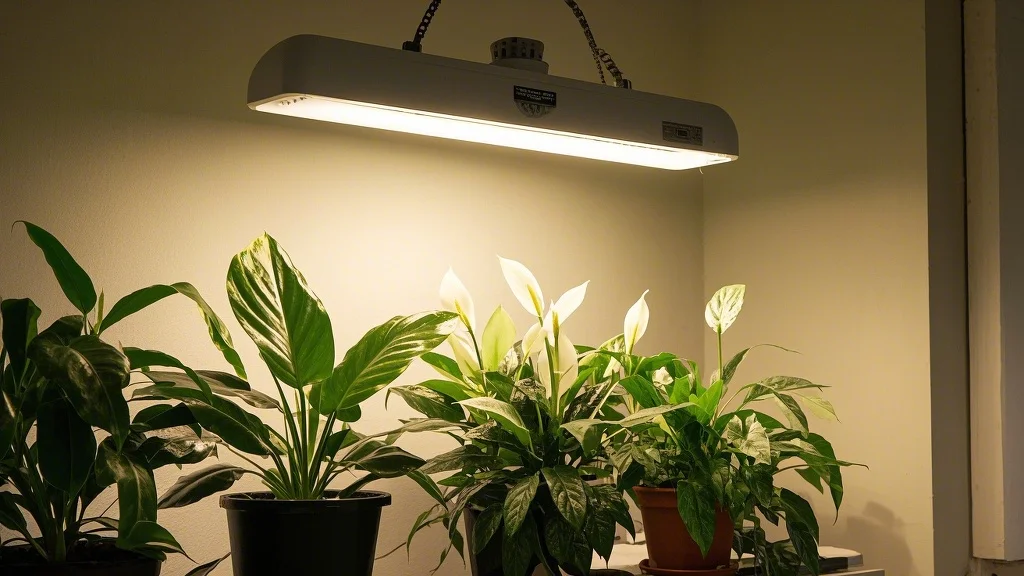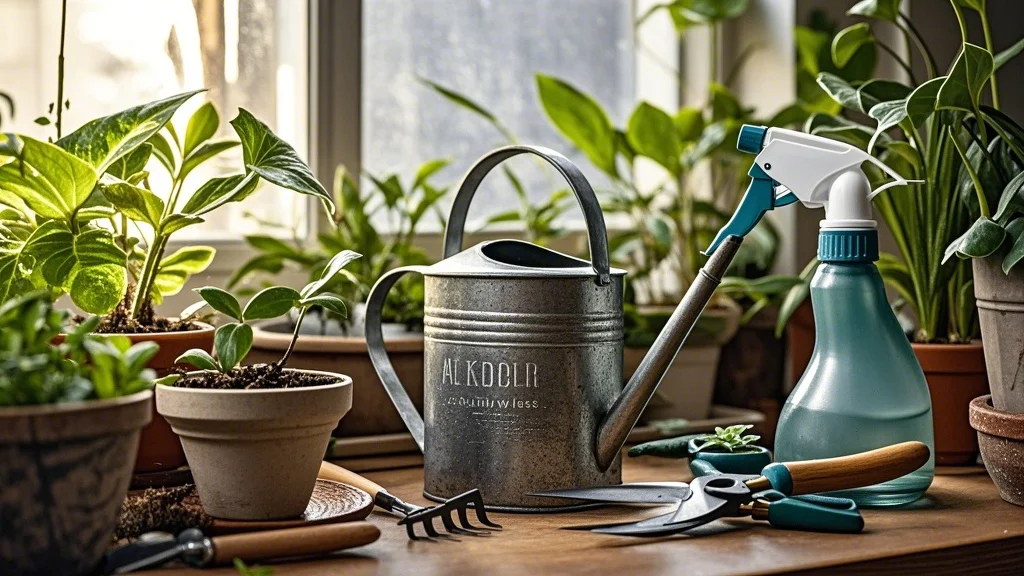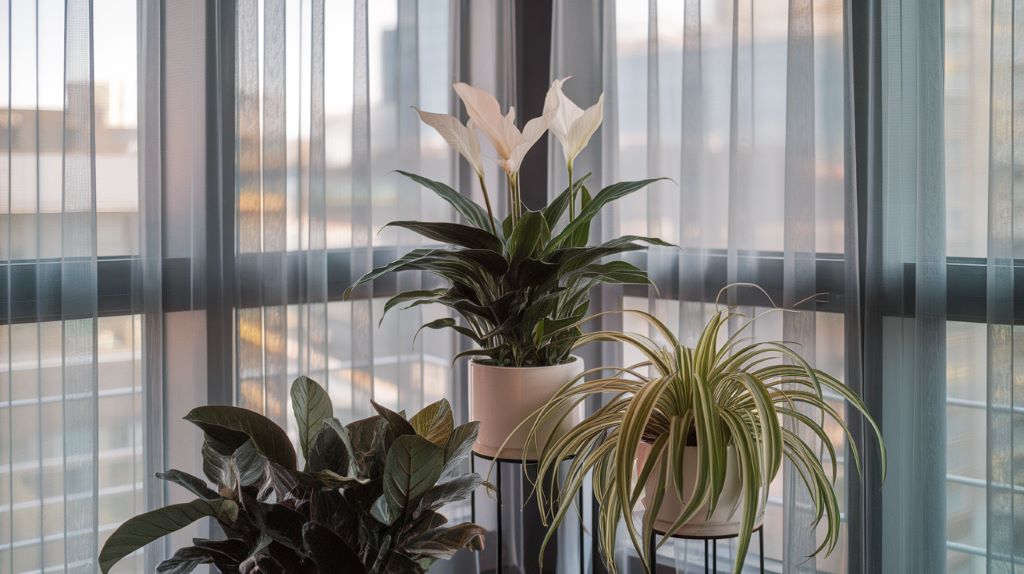Living in an urban environment often means dealing with limited natural light for your beloved houseplants. However, with the right strategies and techniques, you can create a thriving indoor garden even in low-light conditions. This guide will explore various methods to maximize the available light for your plants, ensuring they receive the illumination they need to flourish.
Contents [hide]
- 1 Understanding Plant Light Requirements
- 2 Optimizing Natural Light Sources
- 3 Maximizing Light with Reflection Techniques
- 4 Optimizing Plant Placement
- 5 Supplemental Lighting Solutions
- 6 Creating a Light Schedule
- 7 Maximizing Light in Specific Spaces
- 8 Choosing the Right Plants for Low-Light Conditions
- 9 Monitoring Plant Health
- 10 Additional Tips for Maximizing Plant Health in Low-Light Conditions
- 11 Conclusion
Understanding Plant Light Requirements
Before diving into light maximization techniques, it’s crucial to understand the light requirements of different plants:
- High-light plants: Require 6+ hours of direct sunlight daily
- Medium-light plants: Thrive with 4-6 hours of bright, indirect light
- Low-light plants: Can survive with 3-4 hours of indirect light
Knowing your plants’ needs will help you make informed decisions about placement and supplemental lighting.
Optimizing Natural Light Sources

1. Choose the Right Windows
- South-facing windows: Provide the most light throughout the day
- East-facing windows: Offer gentle morning sun
- West-facing windows: Provide afternoon light, which can be intense
- North-facing windows: Offer the least amount of light
2. Keep Windows Clean
Regularly clean your windows to ensure maximum light penetration. Dust and grime can significantly reduce the amount of light entering your space.
3. Use Sheer Curtains
Replace heavy drapes with sheer curtains to diffuse harsh direct sunlight while still allowing plenty of light to reach your plants.
4. Trim Outdoor Foliage
If possible, trim trees or shrubs outside your windows that may be blocking light from entering your home.
Maximizing Light with Reflection Techniques
1. Use Mirrors Strategically
Place mirrors opposite windows to reflect light deeper into your space. This can effectively double the amount of light reaching your plants.
2. Incorporate Reflective Surfaces
Use light-colored or metallic surfaces near your plants to bounce light around:
- White or light-colored walls
- Metallic plant pots
- Reflective trays under plants
- Shiny decorative objects
3. Paint Walls Light Colors
If possible, paint your walls in light, reflective colors to maximize light distribution throughout your space.
Optimizing Plant Placement
1. Rotate Plants Regularly
Turn your plants a quarter turn every week to ensure all sides receive equal light exposure.
2. Group Plants Strategically
Place high-light plants closest to windows, with medium and low-light plants arranged behind them.
3. Use Plant Stands and Shelves
Utilize vertical space by placing plants on stands or shelves of varying heights to maximize light exposure for all plants.
4. Avoid Blocking Windows
Ensure furniture or decorations don’t obstruct windows and reduce the amount of light entering your space.
Supplemental Lighting Solutions

When natural light is insufficient, consider these artificial lighting options:
1. LED Grow Lights
- Energy-efficient and long-lasting
- Available in various spectrums to suit different plant needs
- Can be easily attached to shelves or suspended above plants
2. Fluorescent Lights
- Affordable and widely available
- Ideal for seedlings and low-light plants
- Use a combination of cool and warm bulbs for a balanced spectrum
3. Incandescent Bulbs
- Not ideal for plant growth but can supplement other light sources
- Use sparingly due to high heat output and energy consumption
4. Smart Lighting Systems
- Programmable to mimic natural light cycles
- Can be controlled remotely via smartphone apps
- Often include features like automatic dimming and color temperature adjustments
Creating a Light Schedule
Establish a consistent light schedule for your plants:
- Mimic natural light cycles: Provide 12-16 hours of light per day
- Use timers: Automate your lighting schedule for consistency
- Gradually increase light exposure: When introducing new plants or changing lighting conditions, do so gradually to prevent shock
Maximizing Light in Specific Spaces
1. Apartments
- Use light-colored furniture to reflect light
- Place plants near windows or glass doors
- Consider using grow light bulbs in existing light fixtures
2. Basements
- Paint walls and ceilings white to maximize reflection
- Use full-spectrum LED grow lights
- Create a dedicated plant area with optimal lighting conditions
3. North-Facing Rooms
- Use mirrors to reflect light from other rooms
- Choose low-light tolerant plants
- Supplement with artificial lighting as needed
Choosing the Right Plants for Low-Light Conditions
Some plants naturally thrive in lower light conditions:
- Snake Plant (Sansevieria)
- ZZ Plant (Zamioculcas zamiifolia)
- Pothos (Epipremnum aureum)
- Chinese Evergreen (Aglaonema)
- Peace Lily (Spathiphyllum)
- Philodendron
- Spider Plant (Chlorophytum comosum)
- Dracaena
- Cast Iron Plant (Aspidistra elatior)
- English Ivy (Hedera helix)
Monitoring Plant Health
Even with optimized lighting, it’s essential to monitor your plants for signs of insufficient light:
- Leggy or stretched growth
- Smaller leaves
- Slow growth or no new growth
- Yellowing leaves
- Leaf drop
If you notice these symptoms, adjust your lighting strategy accordingly.
Additional Tips for Maximizing Plant Health in Low-Light Conditions
1. Proper Watering
Low-light plants typically require less water than their high-light counterparts. Adjust your watering schedule to prevent overwatering, which can lead to root rot.
2. Fertilization
Use a balanced, water-soluble fertilizer at half-strength during the growing season. Reduce or stop fertilization during winter months when plant growth naturally slows.
3. Humidity Management
Many indoor plants appreciate higher humidity levels. Use a humidifier, pebble trays, or group plants together to increase ambient moisture.
4. Regular Cleaning
Dust can accumulate on leaves, reducing their ability to photosynthesize efficiently. Gently wipe leaves with a damp cloth or give them a shower periodically.
5. Pruning
Remove any dead or yellowing leaves to allow the plant to focus its energy on healthy growth and light absorption.
Conclusion
Maximizing limited light for houseplants requires a combination of strategic placement, reflection techniques, and sometimes supplemental lighting. By understanding your plants’ needs and implementing these strategies, you can create a thriving indoor garden even in challenging light conditions. Remember to observe your plants closely and adjust your approach as needed. With patience and care, you can enjoy lush, healthy houseplants in any living space.









